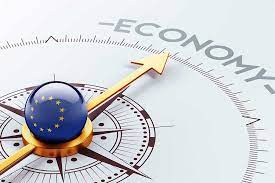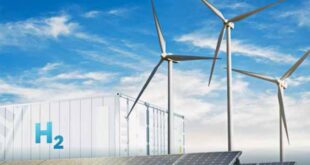On December 2, EU member states unanimously agreed to introduce a price cap at $60 per barrel on Russian seaborne oil, as well as an EU-imposed embargo on Russian crude oil shipped by sea. Both initiatives would go into effect on December 5. The EU’s price cap is also joined by the Group of Seven (G7) and several other allies. EU sanctions were passed in June, to include barring maritime services, mainly shipping insurance and financial services on tankers carrying Russian crude oil. Hungary and several other countries can continue to import Russian oil through pipelines.
The EU hopes to slash Russian income from exporting oil, but it’s unclear if it will be effective. The key factors will be the decision of OPEC+ over whether to reduce its oil production and the reactions of China and India. Nonetheless, analysts forecast the EU will have higher oil prices in the coming months.
The energy crisis will cause more negative impacts on the European economy. The outbreak of Ukraine conflict served as the catalyst for soaring oil & gas prices. In October 2022, the inflation rate in the EU rose to 11.5 percent, the highest level since the 1980s. Among a few EU member states, the inflation rates reached double-digits, and those of Estonia, Lithuania and Latvia were higher than 20 percent. Coping with high inflation has become more urgent.
Additionally in terms of consumption, high inflation has led to a huge increase in the cost of living, while eroding the real value of income and savings, forcing people to reduce consumption. From the perspective of investment, soaring energy prices have been transmitted to the processing, production, storage, transportation and other parts of the downstream economic activities, compressed the profits, and forced many enterprises to reduce or stop investments.
Concerning net exports, due to high import prices of energy and raw materials, soaring manufacturing costs and inactive external demand caused by the global economic downturn, the EU’s foreign trade deficit has expanded in 2022. Accordingly, the European economy will show negative growth in the fourth quarter of 2022 and likely to contract in the first quarter of 2023.
The higher inflation will undermine European manufacturing and intensify “de-industrialization.” By the end of September 2022, the production capacity of aluminum, zinc, steel, chemical and other high energy consuming industries within the EU has shrunk by nearly half due to a halt in production and outward relocation.
A number of enterprises representing the high-end quality of European manufacturing also declared bankruptcy or faced a survival crisis. What is more worrying is that according to predictions of several institutions, Europe will see an even worse wave of enterprises going into bankruptcies in 2023. In the medium and long term, the “de-industrialization” trend could continue. The continuous bankruptcies and outward relocation of manufacturing enterprises will cause mass losses of jobs that threaten social stability and political situation.
There is little room for European macroeconomic policies to respond. In terms of monetary policy, the European Central Bank (ECB) has raised interest rates three times since July, but its effects on holding down inflation is limited. The restraining effect of continuous interest rate increases on economic growth is emerging. Concerning fiscal policy, after the outbreak of COVID-19, European governments carried out large-scale economic and social assistance, and government debt soared.
The debt situation has improved after the last round of European sovereign debt crisis worsened. By the end of 2021, the ratio of EU’s overall public debt to GDP was as high as 88.1 percent. The debt ratios of Greece and Italy are over 150 percent and 200 percent respectively. Amid the Ukraine conflict, European governments increased energy subsidies and other expenditures, which made it difficult to improve public financial situations in the short term and also raised the risk of turbulence in the European sovereign debt market. There is little room for European countries to boost their economies through fiscal expansion.
In the medium to long term, the EU must accelerate developing renewable energies to fill the energy supply gap caused by energy decoupling from Russia, but it takes time. Several EU countries have restarted previously closed coal power plants, which may delay the energy transformation to some extent.

 Iran Energy News Oil, Gas, Petrochemical and Energy Field Specialized Channel
Iran Energy News Oil, Gas, Petrochemical and Energy Field Specialized Channel



